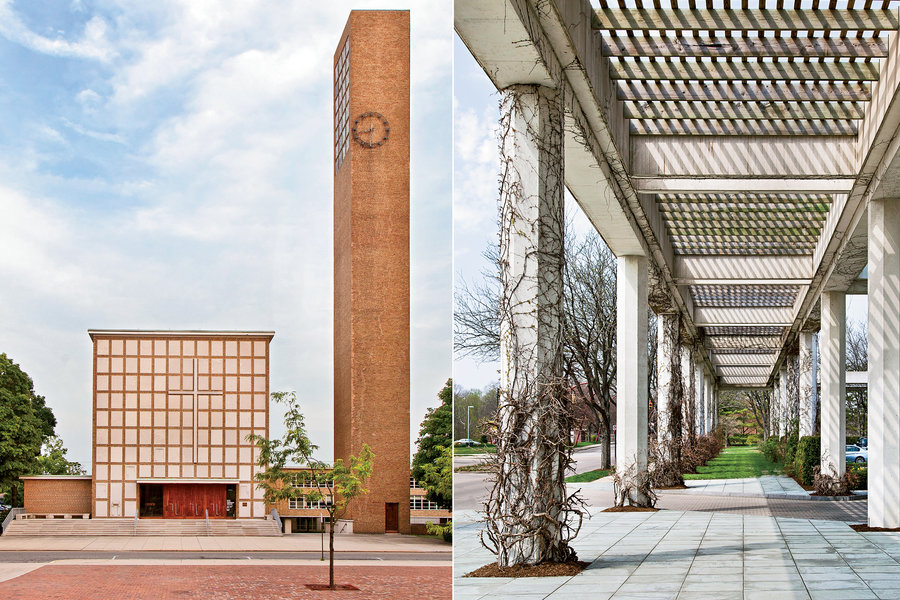Columbus, Indiana is a place you will find the unexpected and the unforgettable. It’s a small town with a big-city attitude. There’s a lot to see and do here, from the arts to sports to stunning gardens and parks to the city’s national treasure. There are over 60 buildings and landscapes designed by some of the most noted and influential architects of the 20th century.

There are six national historic landmarks of modern architecture here, three churches, a private home, a public school, and a bank – all true American treasures of art. The city’s internationally celebrated architecture also includes post modern and contemporary design spanning decades of growth in Columbus where the goal in architecture is excellence. Columbus won the America in Bloom award in 2006, for its well designed and maintained gardens, parks, and green spaces, including 638 acres that make up 18 city parks.
Columbus boasts a large installation of exciting public art, spread throughout town these works inspire the imagination and create a unique and energetic cityscape. This is also home to international business of fortune 500 world headquarters and three higher education institutions. There’s a diverse population here with a strong economy and a skilled workforce. Located near several large metropolitan cities, Columbus sits at the crossroads of national transportation. The story of how this city came to be home to a national treasure of modern and contemporary architecture reveals the power of this community’s desire for excellence. The desire that has shaped a vibrant inspirational can-do culture.
In the early 1940s, a radically new kind of architecture came to this city. A local congregation was building a new church and wanted a contemporary design instead of a traditional one. They offered the project to architect Eliel Saarinen, a recent immigrant from Finland. Saarinen initially declined the job in Columbus until one of the parishioners J Irwin Miller asked for a chance to talk to him.
Miller won over Saarinen with his argument that the congregation was seeking an architect who could find the right expression for their desire to live a rich inner life and a simple outer life. The First Christian Church completed in 1942 was the first contemporary building in Columbus and one of the first modern churches anywhere in America. It is the oldest of the six national historic landmarks in the city and it’s one of the most beloved buildings in Columbus.
In the 1950s, the population of Columbus was expanding with the post-war boom. The city needed new schools, again J Irwin Miller stepped in, and he encouraged the city to find modern architects to design the schools. Exciting city architecture he thought would help Columbus be seen as a forward-thinking community, one that would attract businesses and top-level managers looking for opportunity. And hiring architects with ideas that required new construction methods and materials would help the city reach its goal to build with quality. To finance the schools and afford the architects fees, Miller proposed the creation of a public-private partnership for the first new school – the Lillian C Schmidt elementary.
His plan was this, his company’s foundation the Cummins Engine Foundation would donate the design fees if the school board would agree to choose an architect from a list prepared by the foundation. Costs for construction would come from the school corporation and the school board would supervise the projects. After the first school was successfully built through that partnership, the school board asked if the Cummins engine foundation would contribute the design fees for other schools. They did and what came to be known as the architecture program was born. With that program in place, modern and contemporary architects saw Columbus as a city that welcomed their bold ideas.